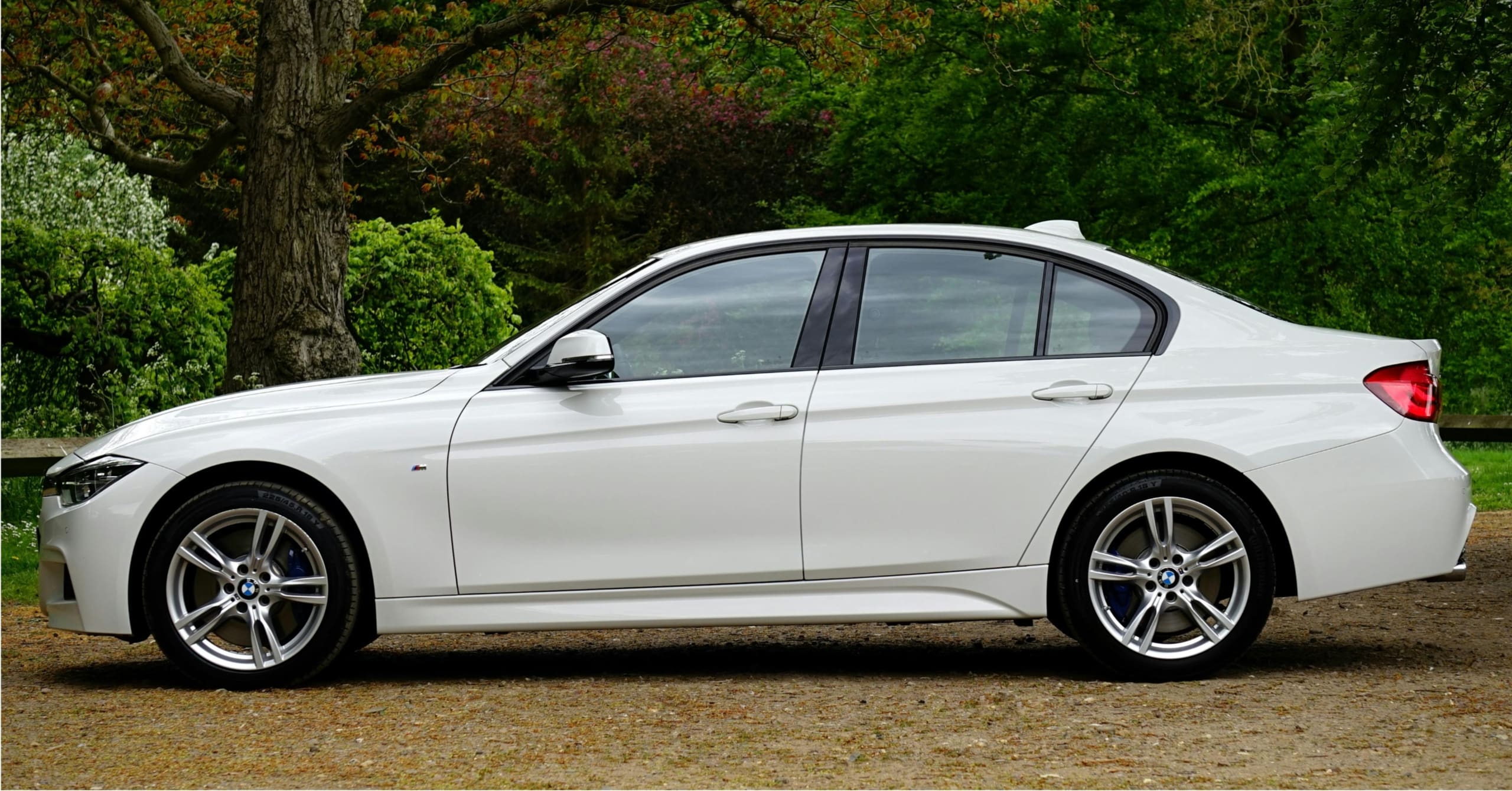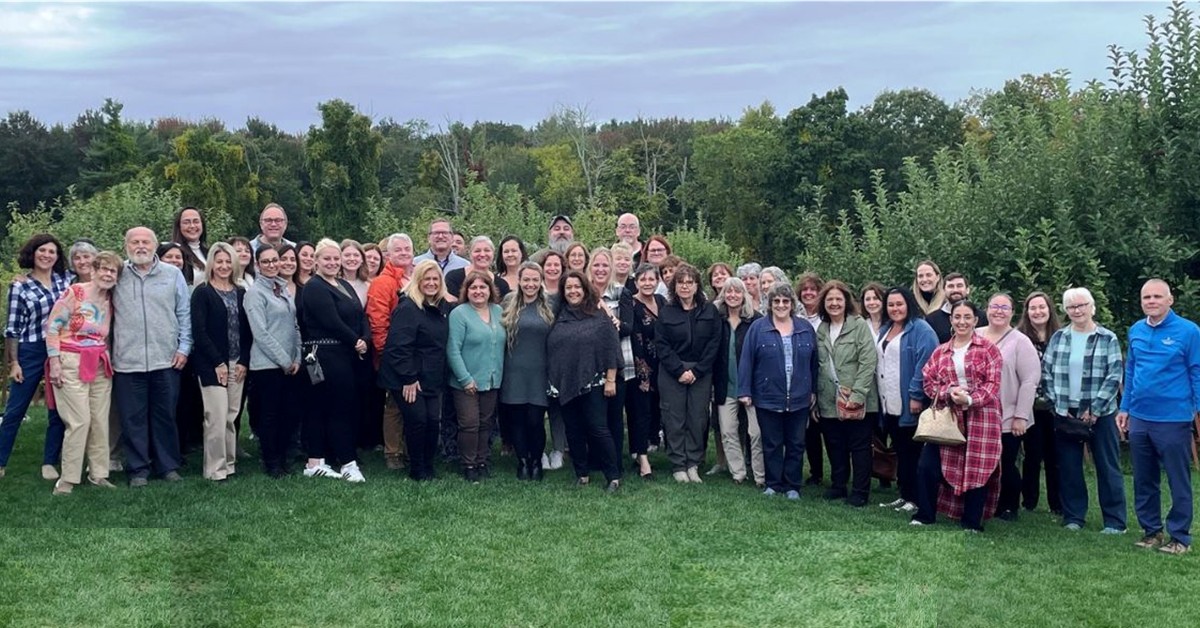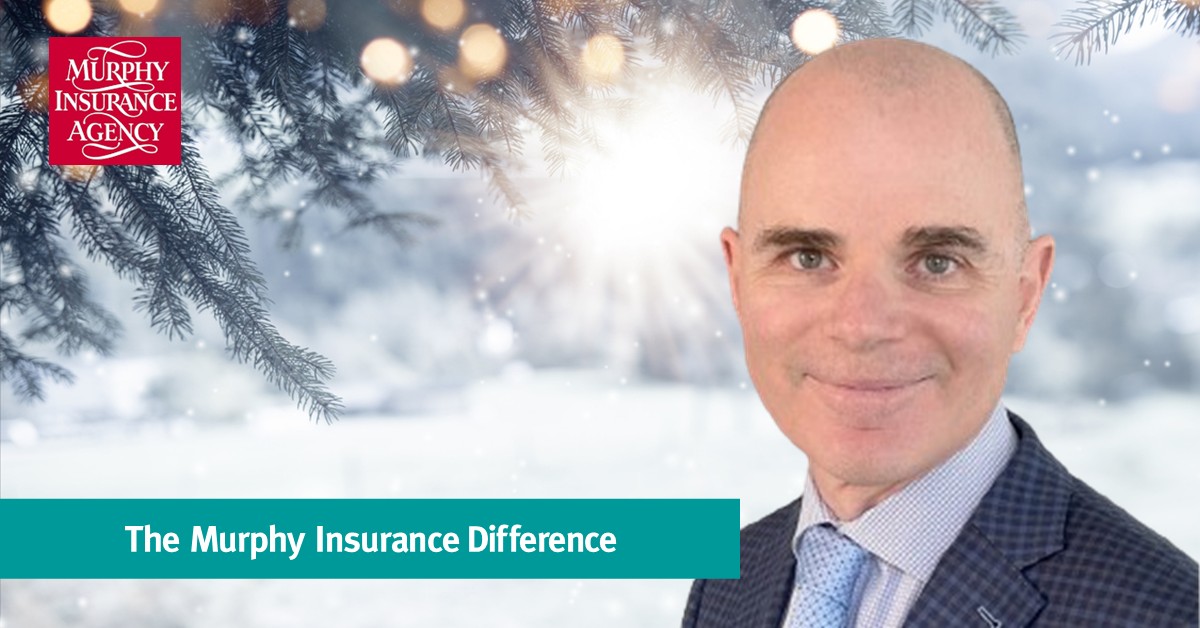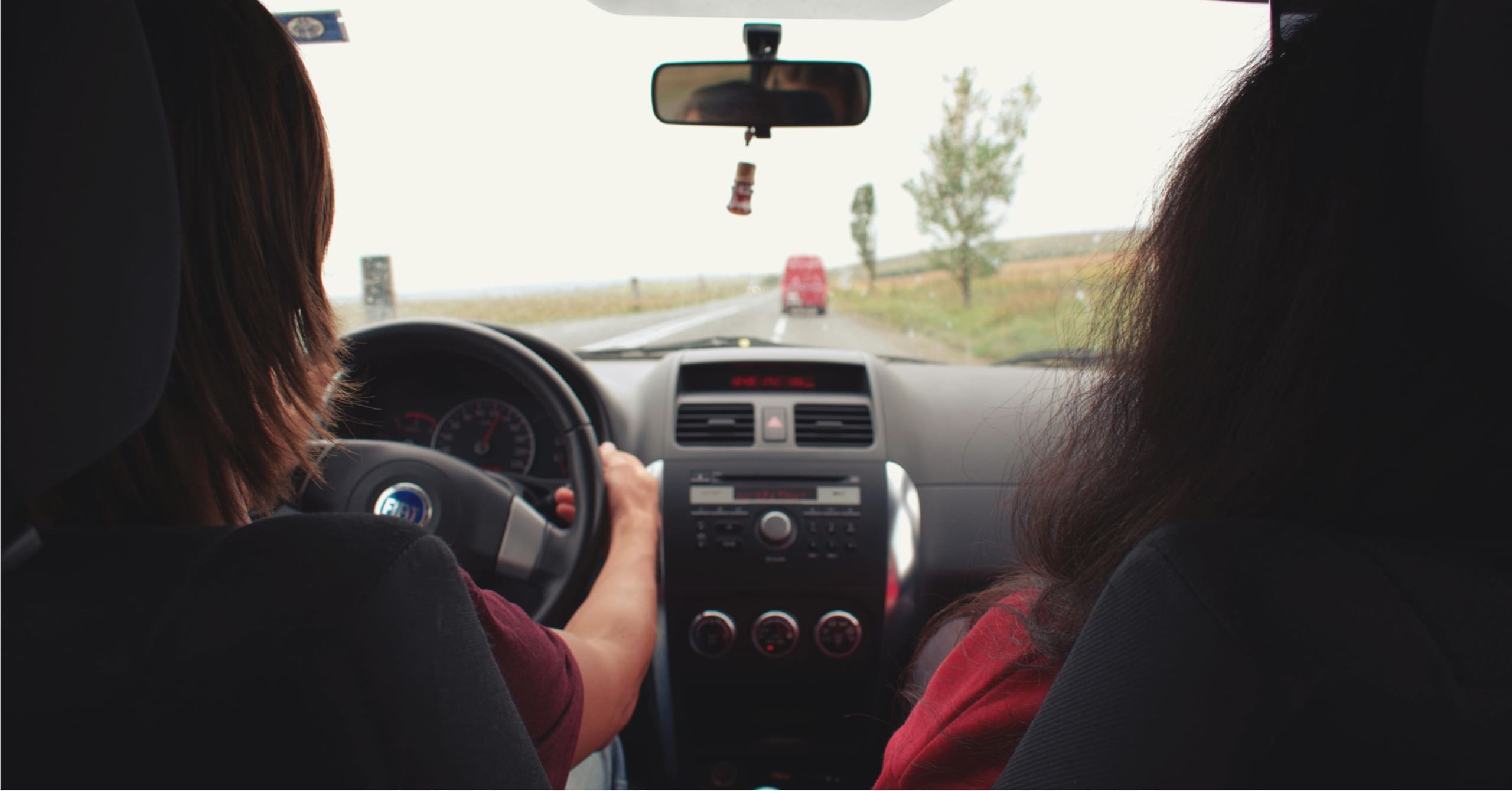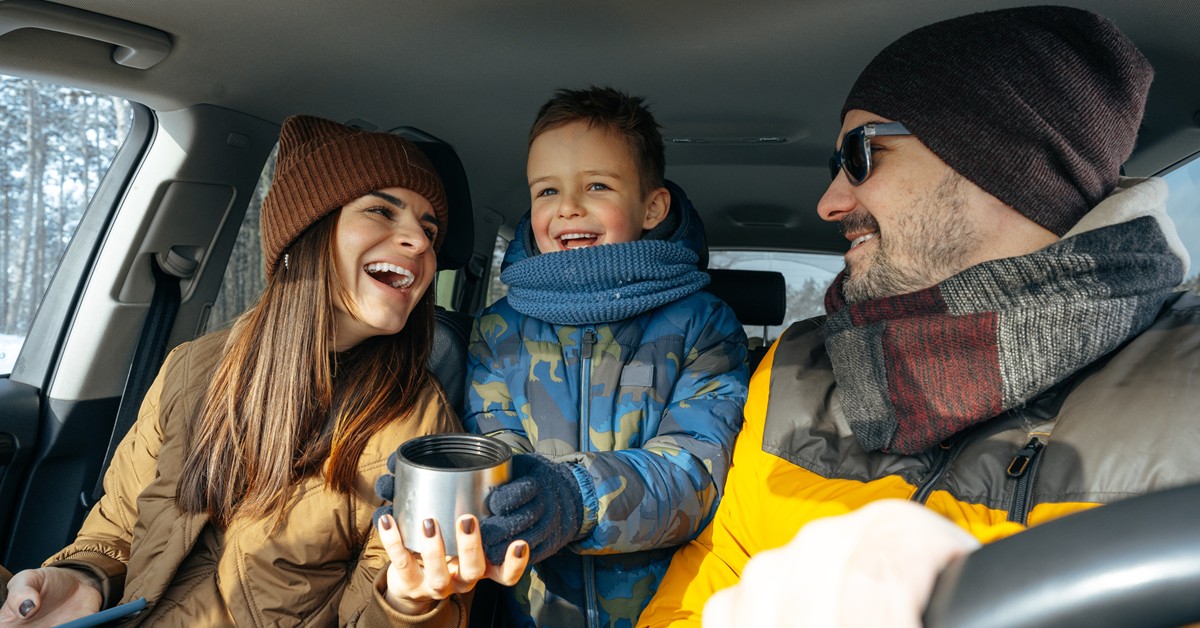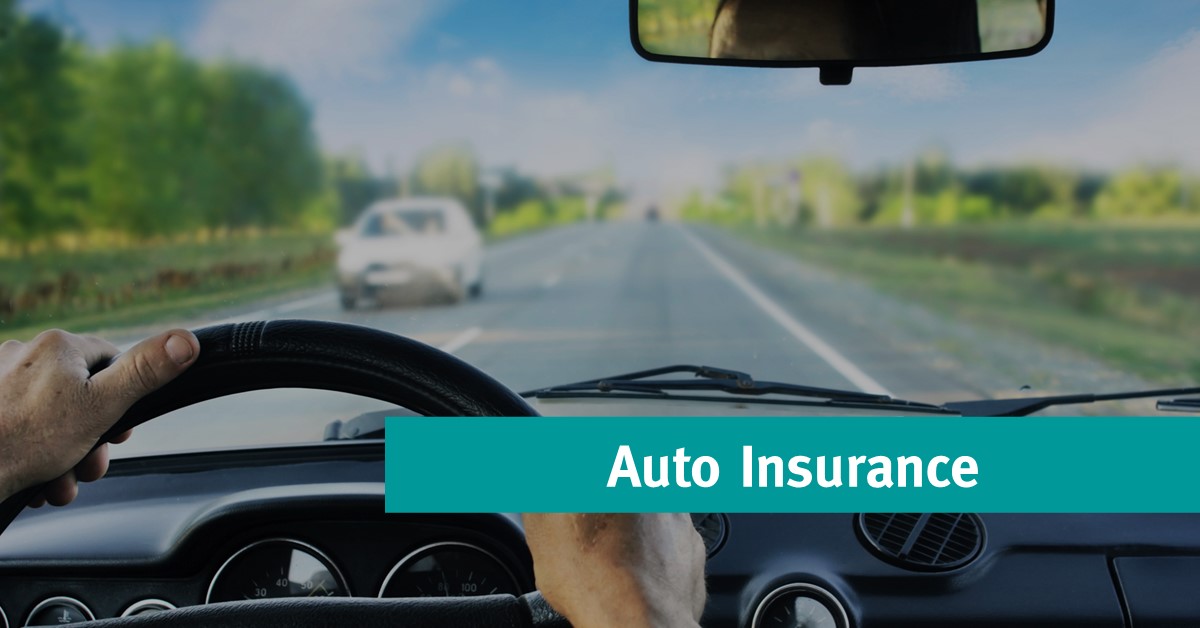Deer Collision Risk Peaks in November and December
If you’ve ever experienced the proverbial “deer in the headlights” situation, you know how sudden it is when a deer darts across the road. And, if you or someone you know has experienced a deer collision, you appreciate the damage deer can cause and are grateful for a near miss. Please be extra careful while driving October through December. Increased deer activity during their migration and mating season causes a sharp increase in auto accidents involving deer.
The risk for deer collisions is three times greater at this time of year, according to the Highway Loss Data Institute (HLDI) statistics.
The Insurance Institute for Highway Safety (IIHS) estimates that more than 1.5 million deer-vehicle collisions occur each year. On average, there are between 175 and 200 fatalities and over 100,000 injuries every year. These accidents cause over $1 billion in vehicle damage. Fatal crashes are most likely to occur in rural areas and on roads with speed limits greater than 55 MPH.
How Hitting a Deer Impacts Your Insurance
The comprehensive coverage part of an auto policy typically covers hitting a deer because it’s not an “at fault” accident. Since no fault is assigned, there is usually no impact on your auto insurance rates.
However, it’s important to note that there must be physical contact with the deer for it to be considered a comprehensive loss claim. Suppose you swerve to avoid a deer (or any other type of unexpected road hazard) and hit another object. In that case, the accident will fall under the collision coverage, considered an “at fault” accident, typically resulting in a surcharge that may increase your insurance rates.
Tips to prevent deer accidents
You can take steps to reduce your chances of deer-vehicle accidents.
- Use extra caution between dusk and dawn – Deer tend to be nocturnal, so you’re more likely to see them between these hours.
- Stay alert – Being alert may help you spot deer and allow you to react quickly. Watch for deer crossing signs.
- Use your high beams – When driving at night, use your high beams when possible to illuminate the side of the road and further ahead. Greater visibility will give you more reaction time.
- Be aware – Watch for deer-crossing signs. If you travel the same routes and notice deer frequently in the same areas, please make a mental note to be careful.
- Slow down – If you see an animal at the side of the road, slow down as they move unpredictably.
- Don’t swerve…Brake – Swerving could cause you to lose control or hit another car/object, which is likely more dangerous than hitting the deer. Brake as quickly and safely as you can. Being alert will help you avoid the temptation to swerve to avoid the unexpected.
- Where there is one, there’s usually more – Deer travel together. If you see one, it’s likely three more. Slow down, and if one crosses the road, assume others may follow.
While you can’t control where deer or other wildlife will show up or how they will behave, being alert, especially during the months when they are more active, can help you avoid accidents—saving you money and saving your life.
Next steps: Had an accident? Here’s what to do at the scene.
Source: Highway Loss Data Institute
Visit Our Auto Insurance Page
At Murphy Insurance, we are here to assist you in obtaining the appropriate auto insurance. Choosing the appropriate auto insurance coverage can be overwhelming. Every insurance company has its unique offerings, making it challenging to compare options effectively. That’s where we shine. We simplify the process by helping you evaluate provider and policy choices, seek out discounts, and optimize your car insurance within your budget constraints. Ultimately, our goal is to provide you with peace of mind, knowing that you and your loved ones are well-protected.


